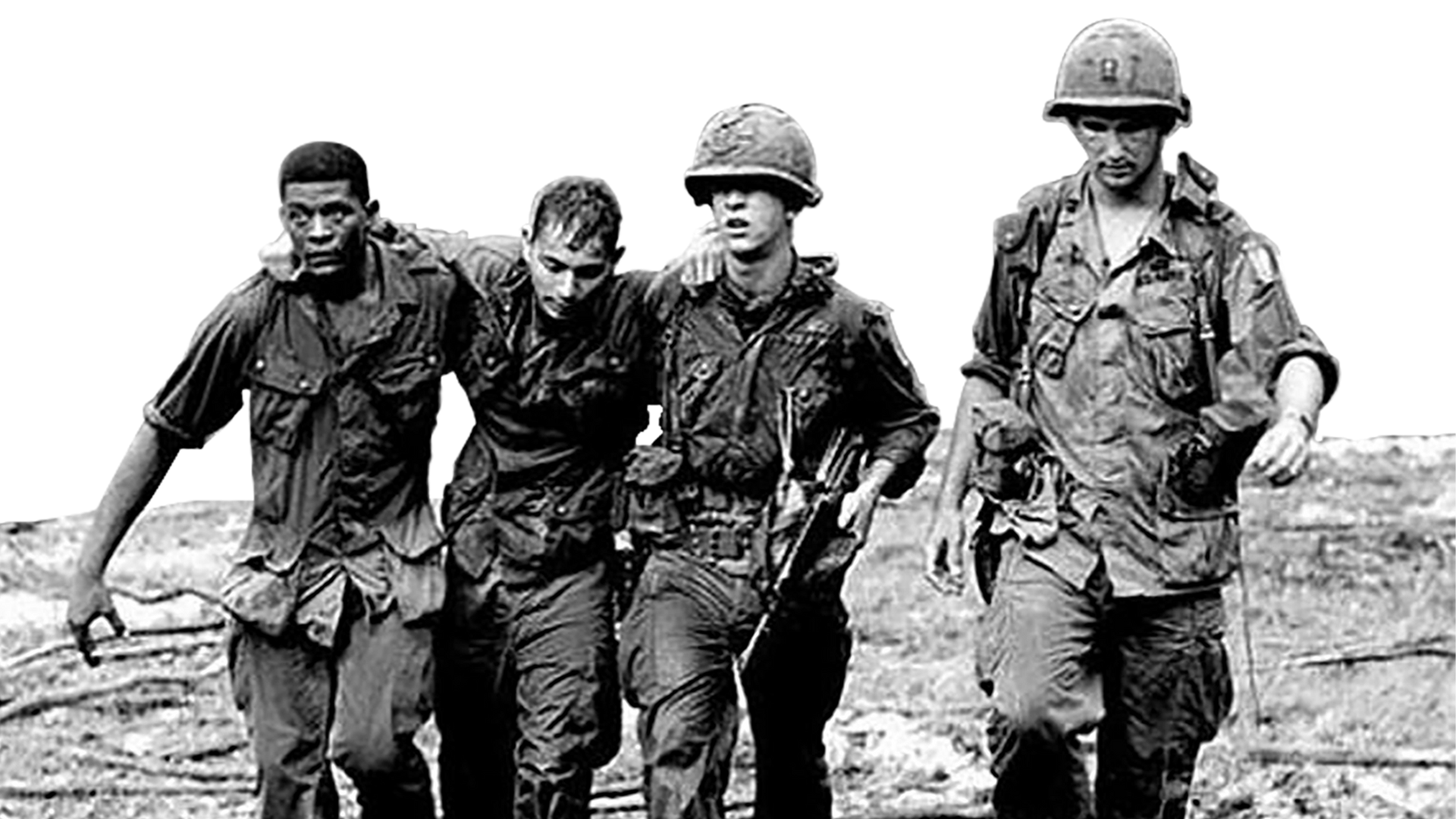
War on Many Fronts


Vietnam War
1964—1975
War on Many Fronts
The Vietnam War (1964–1975) is unique among American wars for the significant unrest and opposition on the homefront. The Civil Rights Movement was already in motion at the start of the war, and by 1967 it had grown stronger.
ShowHide Transcript
Vietnam is unique among American wars for the significant unrest and opposition on the homefront.
The Civil Rights Movement was already in motion at the start of the war, and by 1967 it had grown stronger.
American troops in Vietnam had increased twentyfold in just two years—from 23,000 to nearly half a million.
Enlistment wasn’t enough to fill the ranks, so the military drafted young men. Despite the hundreds of thousands enlisted, only two percent of military officers were Black.
The draft stoked anti-war protests across the country in the late Sixties. Ohio native Joseph Jennings III remembers:
“Nobody wanted to go to Vietnam. Nobody wanted to go into a war where nobody in a foreign country had ever done anything to you.” –Joseph Jennings III
In the midst of the war, a woman named Elizabeth Allen enlisted as a nurse. Despite the danger, she insisted on a position treating troops on the front line. Conditions there were dire.
“We didn’t have bandages, we ran out of food, the troops ran out of bullets, we ran out of IVs—you were always asked to do the impossible.” –Elizabeth Allen
Black soldiers risked their lives in dire combat situations, all the while reckoning with lack of promotions, harsh punishments for minor infractions, and affronts like cross-burnings and Klan robes found on American bases.
The turmoil at home also affected morale. Civil Rights marchers, many of them returning vets, suffered violence at the hands of police and others. Air Force veteran Edward Morast remembers:
“They were siccing dogs on people and beating people up. My parents were worried about me being in Vietnam, and I’m worried about them.” –Edward Morast
“It seemed that all news from the United States was bad.” –Elizabeth Allen
Racial violence in the military grew more frequent after the assassination of Dr. Martin Luther King Jr. in 1968. Leadership realized the success of the entire American war presence was at risk and that they had to make changes.
In December 1970, the Defense Department ordered that officers who failed to act against discrimination would be relieved of command.
The Department of Defense created “equal opportunity councils” to address the needs of Black service members. They created training programs in race relations and took steps to address the shortage of Black officers in all branches.
Yet white and Black soldiers served side by side in many units, and that hard service often led to greater appreciation. As one Black soldier wrote:
“All those guys out there fighting together and dying together, white and Black, realized that we’re not much different. And a lot of the guys, when they came back, they ran for office … and started making more progressive movement toward equality.” –Edward Morast
Elizabeth Allen tried to stay in Vietnam, but her requests were denied—at that time, women were not allowed to serve more than one year in a war zone.
But Allen’s foremost duty, she believed, was to the soldiers she protected. Once back home, she and many other veterans advocated tirelessly for better treatment of soldiers.
"I’m not for or against war. But I am always for the warrior." –Elizabeth Allen
Despite the hundreds of thousands enlisted, only two percent of military officers were Black.